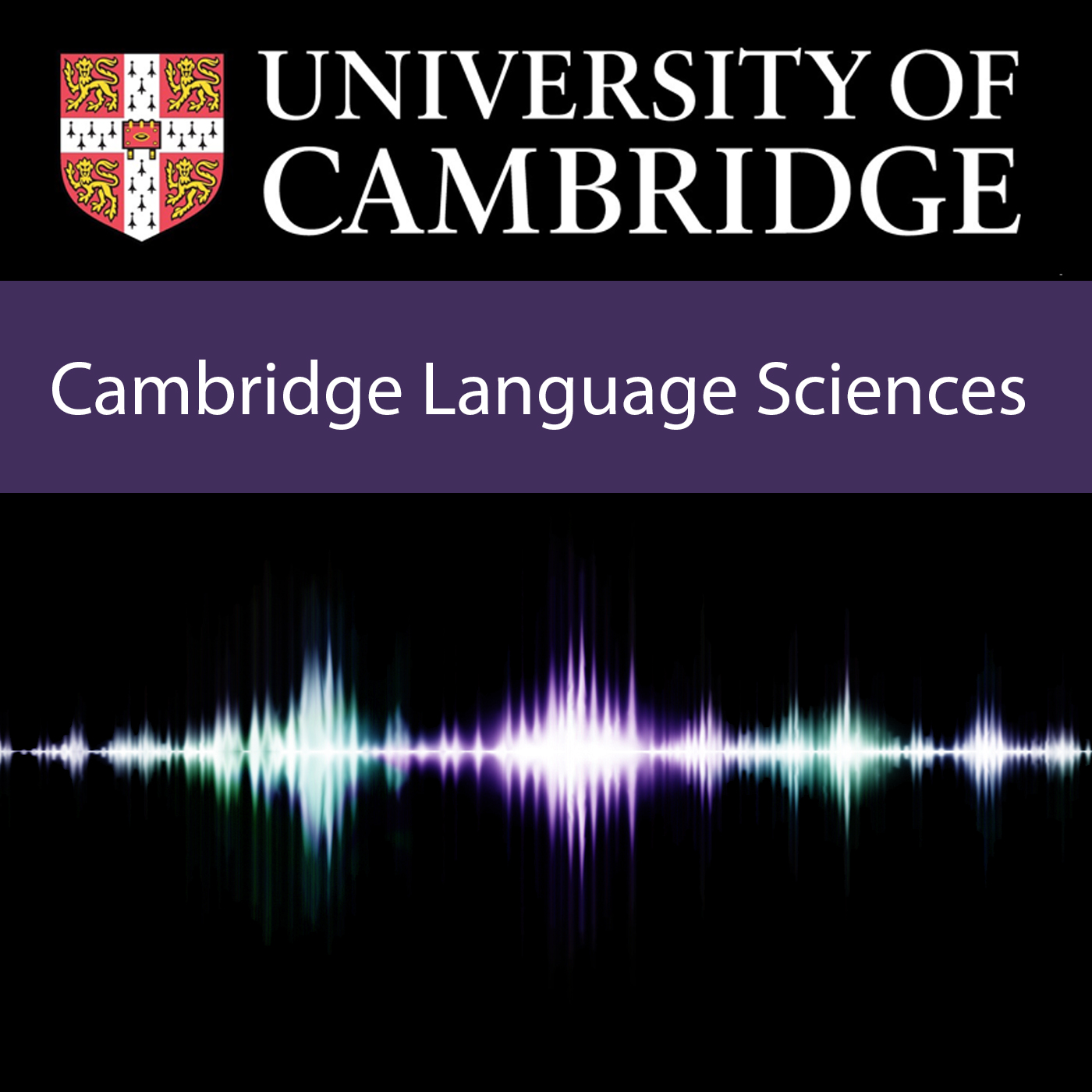Modelling semantic change from Ancient Greek to emoji
Duration: 22 mins 11 secs
Share this media item:
Embed this media item:
Embed this media item:
About this item

| Description: | Talk by Dr Barbara McGillivray, senior research associate at the University of Cambridge Section of Theoretical and Applied Linguistics and Research Fellow at The Alan Turing Institute |
|---|
| Created: | 2021-06-30 23:22 |
|---|---|
| Collection: |
Cambridge Language Sciences
Language sciences research symposium for early-career researchers, 2021 |
| Publisher: | University of Cambridge |
| Copyright: | Dr Barbara McGillivray |
| Language: | eng (English) |
| Distribution: |
World
|
| Keywords: | Digital Humanities; computational linguistics; Natural Language Processing; historical linguistics; |
| Categories: |
iTunes - Language - Linguistics |
| Explicit content: | No |
| Aspect Ratio: | 4:3 |
| Screencast: | No |
| Bumper: | UCS Default |
| Trailer: | UCS Default |
| Abstract: | Over time, new words enter the language, others become obsolete, and existing words acquire new meanings. In ancient Greek, the meaning of the Persian loanword paradeisos expanded from ‘garden’ to the Jewish-Christian ‘paradise’ in the Greek translation of the Old Testament and in the New Testament. In Classical Latin passio meant ‘emotion’ and later on referred to the suffering and death of Christ and the martyrs. The English word chill originally meant ‘to cool’ and has metaphorically been extended to ‘to relax’. Follow only acquired the social media sense of staying informed about someone’s postings after the launch of Twitter.
The phenomenon of lexical semantic change, with its fascinating complexities grounded in cognitive, social and contextual factors, has important implications not just for linguistic theory and historical linguistics. It can shed new light into how we understand long-term and short-term changes in our cultural history and in our society. It is also a fundamental aspect of dictionary-making and it is important to keep automatic language processing systems up to date with the constant changes in language. The recent digitization efforts have now made it possible to access and mine digital collections of historical texts using automatic methods and investigate the question of semantic change over centuries. Easy access to very large born-digital collections from the web also allows us to study changes in contemporary language data spanning short time periods. In this talk I will present my research on developing models for semantic change drawing on state-of-the-art computational linguistics methods relying on distributional semantics principles, Bayesian learning and embedding technologies. I will share my experience of working at different scales and in a range of interdisciplinary projects, from Ancient Greek and Latin to Charles Darwin’s letters, web archives, Twitter and emoji. |
|---|---|
Available Formats
| Format | Quality | Bitrate | Size | |||
|---|---|---|---|---|---|---|
| MPEG-4 Video | 640x360 | 1.19 Mbits/sec | 198.54 MB | View | Download | |
| WebM | 640x360 | 456.37 kbits/sec | 74.15 MB | View | Download | |
| iPod Video | 480x360 | 516.43 kbits/sec | 83.91 MB | View | Download | |
| MP3 | 44100 Hz | 249.81 kbits/sec | 40.62 MB | Listen | Download | |
| Auto * | (Allows browser to choose a format it supports) | |||||

